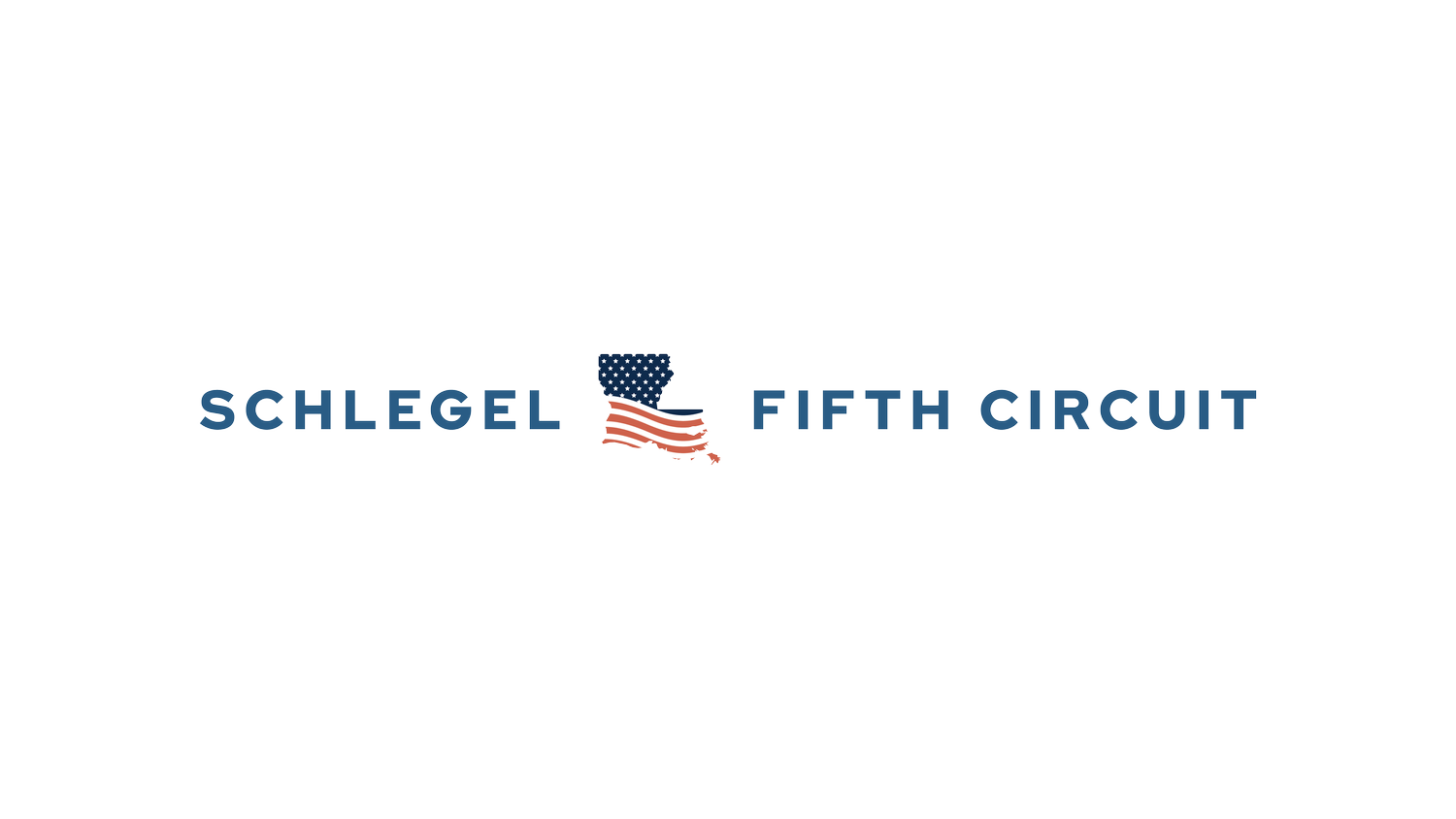Augmented Reality (AR) in the Courtroom
Have you seen the big technology news this week? LG and Samsung unveiled new transparent LED displays at CES 2024 and Apple announced a February launch date for its Vision Pro goggles. Now at this point, you might be asking yourself why this is such big news for a judge or legal tech enthusiast. Well, the answer lies in the constant pursuit of enhancing the justice system. These groundbreaking hardware categories, with their potential integration into the courtroom, could reshape how trials and hearings are conducted, offering a blend of transparency and technological sophistication never seen before. These advancements promise not just an upgrade in how evidence is presented, but a leap towards a more efficient, immersive, and interactive legal process.
A Glimpse into the Future of Legal Proceedings
As a former prosecutor and judge, I've always viewed the courtroom as a solemn place where justice is served. So the introduction of virtual reality technologies in the justice system never quite seemed to fit in my mind with their less-than-realistic avatars and game-like ambiance. Sure there were a few use cases for it, especially during the pandemic when the courthouse was closed, but my avatar didn’t even have legs. But ever since the Microsoft HoloLens launched, I’ve thought of the potential of AR in the justice system.
In traditional courtrooms, evidence presentation has always been somewhat of a challenge, varying from rudimentary poster boards to high-tech displays that often obstruct the jury's view of the witness stand. The introduction of AR technology such as Apple's Vision Pro goggles and Samsung's Transparent MICRO LED displays though could redefine this landscape and offer a different, more promising picture.
The Vision Pro, with its high-resolution display and ability to show the user's eyes, offers a unique blend of digital immersion and human connection. This device could enable jurors to view complex digital reconstructions or examine minute details in the evidence presented while maintaining eye contact with the witness, fostering a deeper understanding of the case. This dual perspective could significantly enhance their participation and “feel” of the case. The jurors could also choose at times to block out all distractions by darkening the goggles so they can focus on the interrogation or body cam footage being presented.
The Transparent Revolution with LED Displays
The potential of transparent LED displays in a courtroom setting is also particularly interesting. These displays could be placed in front of the jury box or witness stand, offering jurors a clear view of the witness while digital evidence is presented in high definition. This would allow jurors to observe the witness and simultaneously see the evidence. The transparent nature of these screens means that the connection between the juror and the witness could remain unbroken, a crucial aspect of maintaining the integrity of the courtroom experience.
Witnesses themselves could also interact with evidence in real-time, pointing out key details on a transparent display during their testimony. This interactive approach could provide a clearer, more engaging narrative of events, aiding in the jury's comprehension.
Balancing Technology with Tradition
While the thought of adding these new technologies in the courtroom is fun, we must not forget about the potential challenges and the need to maintain the dignity and decorum of the courtroom. How do we ensure that the use of AR technology enhances, rather than detracts from, the solemnity of legal proceedings? There are also questions about accessibility and the potential for a technological divide – how do we ensure that this technology is friendly and familiar to all jurors?
Moreover, the integrity of the evidence presented through these AR interfaces needs to be rigorously maintained.
Conclusion: The Dawn of a Tech-Enhanced Legal Era
As we ponder over the latest announcements from CES 2024 and the impending release of Apple's Vision Pro, it's clear that the intersection of technology and the legal system is entering a new, exciting phase. The future of legal tech is bright, and indeed, just getting started. It's a future that holds the promise of not only enhancing the way we present evidence but also transforming the very experience of a trial. As we embark on this journey though, it is crucial to remember the core purpose of our legal system – the pursuit of justice. Technology, no matter how advanced, should always serve to uphold this noble endeavor.


